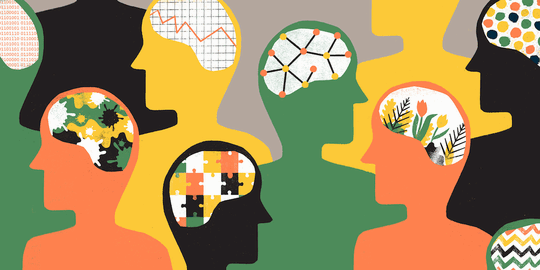Seamless Big 5 Personality Testing* Brought by Sentino
Unlike most Big 5 testing tools, Big 5 Personality Testing API from Sentino requires no dedicated questionnaires. It carries out personality assessment based on semantic text analysis powered by AI/ML/NLP technologies.
A five-factor personality model, the BIG 5, is the most validated and widely accepted personality theory held by psychologists today. It represents five core traits that form human personality (also known by the acronym OCEAN: Openness, Conscientiousness, Extroversion, Agreeableness, Neuroticism). Any of 5 major traits is further subdivided into 6 facets. Each category is a spectrum with black-and-white polar ends. However, most people find themselves in between. The Big 5 personality test finds its place in multiple application fields and contributes to accurate assessment of individual’s personality, drives, behavior, job performance and purchasing decisions.
Feed the personality API with any type of authored text, such as tweets, blog posts, emails, chats, resumes, videos and call recordings to get an actionable language-based personality profile.

Use AI-powered
semantic text analysis
to get personality insights
Why to use Big 5 Personality Testing API?
- Enhance messaging and boost communication with prospects and existing customers taking into account their personal preferences
- Improve workplace performance of each team member
- Make unbiased and data-driven hiring decisions
- Perform advanced segmentation and personalize lead generation
Main advantages of our Big 5 Personality Testing API
- Process vast amounts of text data without building your own text analysis tools
- Leave all the confidential data within your company
- Obtain real-time personality insights
- Easily integrate the API into your IT system
Get personality insights
for every
client, partner and employee

Assessments based on the BIG 5 personality tests are very reliable, provided that sufficient research has been carried out and substantiated. It is, to date, the most scientifically validated and reliable psychological model to measure personality. It remains a dependable model that businesses studies have been able to use consistently over a long period of time to create models, which predict someone’s behaviour at work and response to stressful situations
Supported Languages
ENGLISH

SPANISH

PORTUGUESE

FRENCH

GERMAN

ANY OTHER

If you need any other language, please do not hesitate to Contact Us.
Your Data Is Safe
- We run communication only through HTTPS
- We follow the GDPR guidelines to the last word
- We do not rely on third-party services. The data is all yours
* We use the International Personality Item Pool (IPIP) for our testing approach. It’s a collection of items managed by the Oregon Research Institute, freely available to the public. This tool helps us assess personality traits, and because it’s open-source, it promotes broad research and practical use.
Start Your Free Trial
No card needed.
